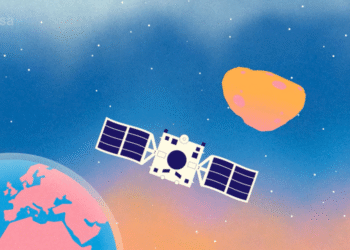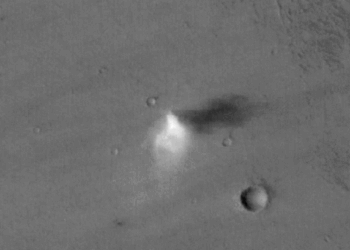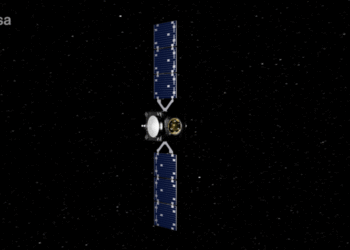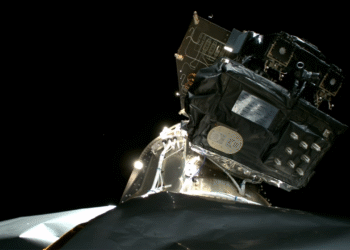The James Webb Space Telescope (JWST) is poised to transform our understanding of the universe by helping scientists explore the cosmos’ origins. One of its primary tasks is identifying and studying the first galaxies that formed in the early universe. These discoveries are crucial for unraveling the mysteries of cosmic evolution and will shed light on how matter was organized in the early epochs post-Big Bang.
Key Discoveries and Goals
The JWST’s advanced instruments are designed to observe the universe in the infrared spectrum, which will enable astronomers to look deeper into the universe than ever before. Its discoveries will include:
- Identifying the first galaxies formed after the Big Bang.
- Understanding the process of star formation in these primordial structures.
- Investigating the role of dark matter in galaxy formation.
These observations are expected to provide unprecedented insights into the processes that governed the formation and evolution of galaxies over billions of years.
Technological Advancements
The James Webb Space Telescope features several technological innovations that make these observations possible:
- A large mirror composed of lightweight beryllium segments.
- The utilization of a sunshield to keep its instruments extremely cold.
- Advanced spectrographs to analyze the spectral data from cosmic objects.
The Webb’s ability to peer through cosmic dust and identify faint infrared light from the earliest galaxies is expected to lead to groundbreaking discoveries.
For more detailed information about the role of the James Webb Space Telescope in finding the first galaxies, you can visit the source article.






















